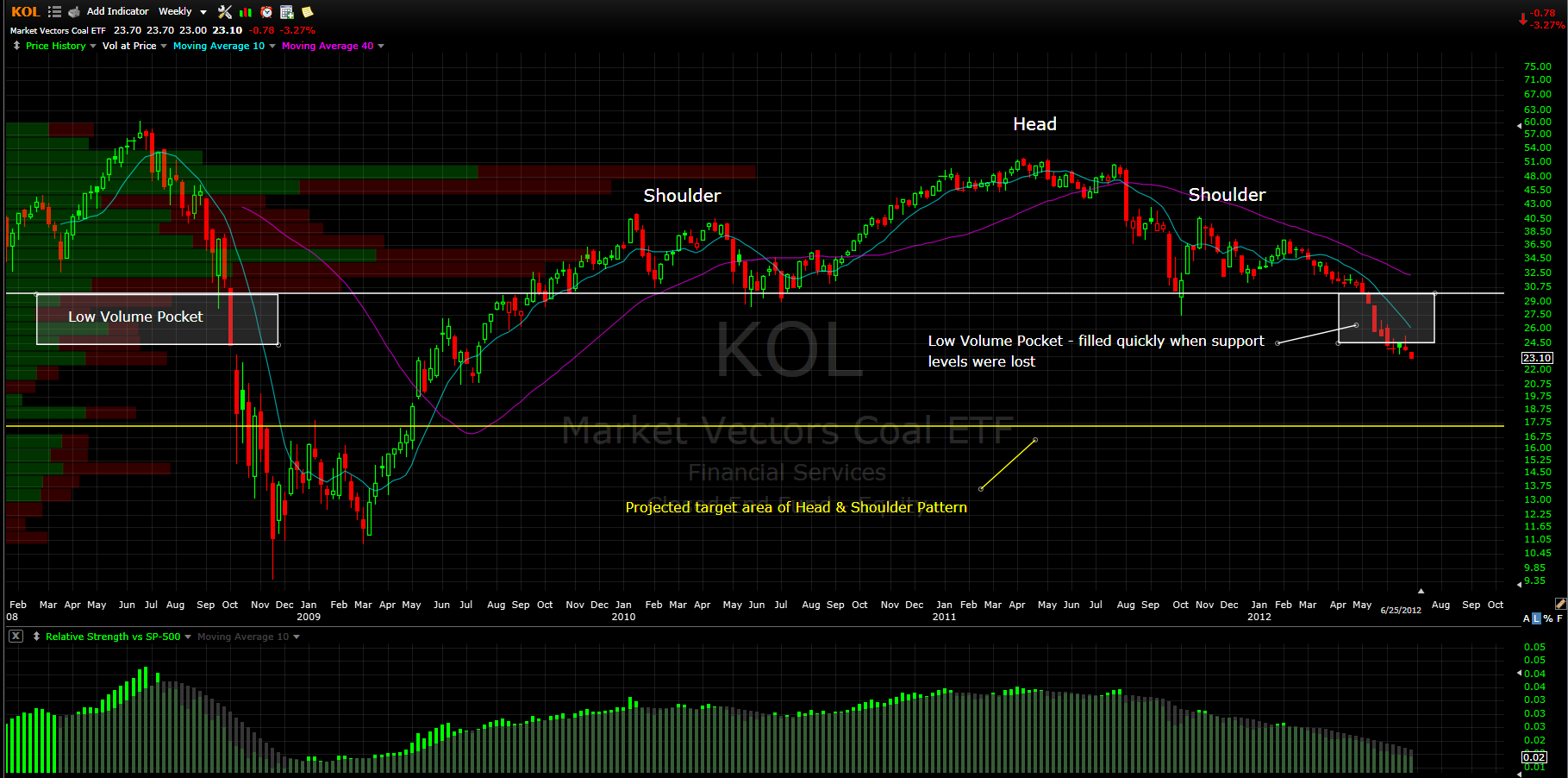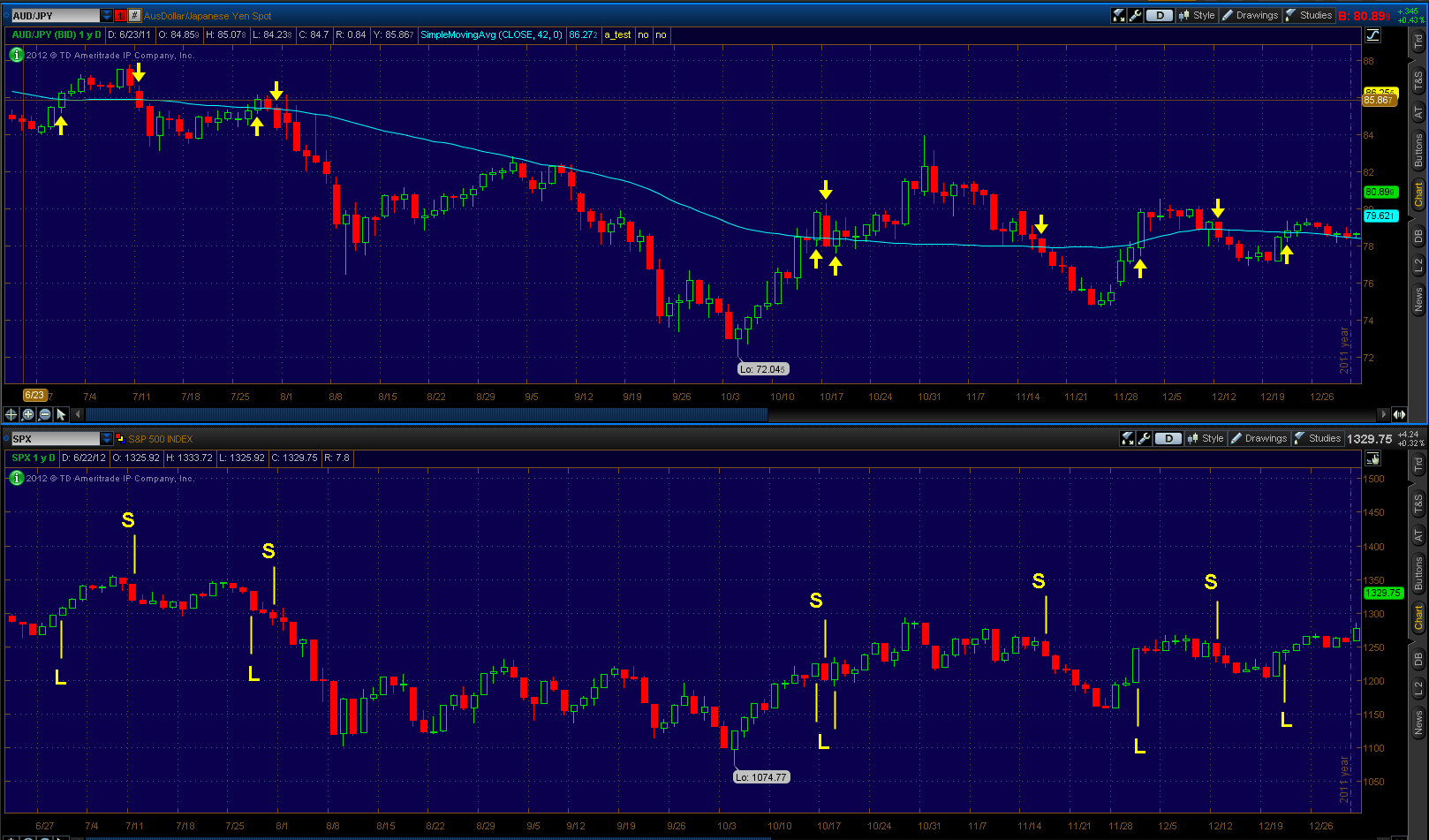Its no secret that gold and the miners (via GDX) took a hit today. All I heard from CNBC was the looming Death Cross (50sma crossing below 200sma). Quite frankly it got old and then there was the FOMC Meeting Minutes that caused further selling on volume in the yellow metal and miners. But was today a capitulation? That is what many seem to be wondering. Today many talked about the rise in the VIX and yes it was big on a relative percentage move in comparison to the SPX.
When looking at the VIX-type instrument for gold we look at the GVZ. Today the GVZ saw a move of 18.03%. Below is a 1 year daily log chart showing the size of the move. Something to note is that GLD really saw this down move accelerate last Friday on the gap below 158, but note what the GVZ has done on the Friday & Tuesday moves in comparison to today:
Also with that I like to look at what the GLD implied volatility (IV) has done in the options, below is an excel screenshot of the rise in volatility since the close of Thursday (data from thinkorswim):
We can see the larger rise on a percentage basis in the near-dated weekly options verse the monthly option chain. Next week expiration showed a rise of 4.03 points (29.94%) in the calls and 4.33 points (31.22%) in the puts. A bigger jump relative to price change than we saw on the previous decline Friday. Personally I’m liking the idea of selling some front month volatility and buying further dated options.
On a chart and price basis, how big was the move today? When looking at volatility of the instrument, many use Bollinger Bands and I like to use them as well. Today it was noted by several on the stream that we closed below the 3rd standard deviation 20 day Bollinger Band. While traders like to use the fat tails of moves as price has been known to walk the band on the 2 standard deviation setting, this isn’t quite so common with the 3rd standard deviation. It is a more rare occurrence that often sees a snap back.
I looked at the last 10 years of data for GLD and a close below the lower 3rd standard deviation band has happened twice, both being in 2012 (yellow arrows mark a close below then back inside the band):
Zoomed in view:
Below is a chart of GLD going back to when we broke out and GLD went parabolic:
I have a correlation to GDX as today it was noted on the stream by several I follow that the metals saw big option buys near the close in ABX, GG, & NEM in the January 2014 chain, search stream with ticker and you will find the posts. ABX stuck out in my mind as January saw buyers of the 40 calls, noted by @OptionsHawk at his website where there are usually 4 free option notes for each day:
These go all the way out to January 2014 so if you were looking to play off some of this information you will definitely want to go out in time and let the trade work. The trades today (2/20) were put on for cheap on an option price basis but are also +1million dollar trades. Either way use diligence if using this info for a trade and keep timeframe in mind.









